How to use social media for international student recruitment in the UK

Table of Contents
The days of relying on traditional prospectuses and student fairs for international student recruitment are over. But universities and third-level institutions across the UK still rely on international students to boost student numbers and finances.
Reliable international student recruitment strategies have also evolved in the digital age. Young people are increasingly reliant on social media to learn and discover. According to Sprout’s 2025 Pulse Survey, Gen Z (today’s student applicants) are using social media as their number one search engine, ahead of traditional websites like Google and new technologies like AI.
To attract new international students, your institution’s social media presence is a crucial tool for recruitment that requires an active and strategic approach.
The role of social media in international student recruitment
Social media plays a significant role in young people’s decision-making process and that remains true in the UK’s higher education market. Sprout Social’s Pulse Survey found that 52% of Gen Z are more likely to trust information from brands and organisations on social media than they are through traditional search or AI. Universities in the UK and abroad are using their social media channels to create a wide range of content, including:
- Day in the life
- Campus tours
- Guest lectures
- Student guides and more
Choosing a university, particularly if you’re going to study abroad, is a lengthy and carefully considered process. Potential international students want to feel seen by their university of choice, while their parents want to be confident they’re making the right decision for their future. Social media content can support this decision across every step.
International student recruitment strategies for every stage of the journey
Your social content should focus on a specific stage in your prospective student’s journey. We’ve explained how your content can support students every step of the way.
Research your audience: Prioritise your international student groups
Before you start creating content, you need to understand your audience. Determine which countries you’re hoping to recruit from, and create distinct personas based on these areas. Personas should also be tailored to certain degrees and levels of study.
Feed this research into your platform choices. If you’re targeting China, you’ll need to focus your efforts on platforms like Weibo. The University of Bristol manages a Weibo account specifically for Chinese students and has over 200,000 followers.
Once you’ve created your personas, conduct further research to better understand them and the type of content they need. Use advanced tools like Sprout Social Listening and competitive analysis to better position your account, and to uncover data that can help you refine your content strategy.
Awareness: Showcase the student experience
During the awareness stage, you need to make prospective students aware that your university exists. Institutional strategies like boosting your rankings on global university lists can help, but you can also rely on social media to build an effective awareness campaign.
The most effective content types here include anything that highlights the student experience. That might include:
- Course breakdowns
- On and off campus life videos
- Spotlighting clubs and societies
- Campus tours
Focus on creating high-quality, professional content and circulating it as widely as possible to increase your reach.
Combine this with student UGC campaigns to maximize your reach and trust. By encouraging your students to also create content around university life, you can reach a wider pool of potential students and make more people aware of what you can offer.
Consideration: Highlight international student support
Once students know who you are, show them why they should consider choosing you. Content at this stage should show off your support services and the unique courses or communities you can offer international students.
Q&As and livestreams can help answer specific questions students might have at this stage. If you’re struggling to keep up with your social inbox, implement a chatbot to filter queries.
Create content that speaks specifically to international student experiences at your uni. If possible, do this through unique accounts. Here’s a great example from the University of Glasgow, who has an Instagram account for its international student support team.
Decision: Create personalised interaction
At this stage, students will have decided to apply to your university. Social content here should involve a mix of general content and direct engagement, just like with the consideration stage.
Your general content for students who’ve chosen your university should make it as simple as possible for them to apply and join your institution. Create guides to help them through the application process and inform them of what happens next.
Engagement is even more important. Carefully manage your social inbox, and reach out to any students looking to move to your city directly. Use advanced tools like Sprout’s Smart Inbox to make it easier for your applications team to manage and respond to messages, and create a simplified process for connecting with students via phone or in person after you’ve messaged them.
Onboarding: Build community
Student onboarding is the process of students moving to your university to begin their studies. This is an important part of each student’s life, so it’s essential that you’re on hand to support them.
Create content like budget guides, city life advice and student hall tours so students know what to expect when moving. Showcase your clubs or directs them to events like student fairs. You should create specific content for Freshers’ week, which is when a lot of UK students join clubs and start making friends on their course.
It’s also important to build a community for your international students. These communities make their student life easier and more enjoyable, as it can help them connect with other students and support services. Social platforms like Discord can help create a safe space for interaction. The University of Brighton manages a safe online community on Discord to help new students settle into the city.
Retention and alumni: Continuous engagement post-admission
Your social content support shouldn’t end when international students begin their first year or graduate. Create alumni groups that help you keep in touch with them after uni on networks like LinkedIn. It’s also worth using LinkedIn to retain current students, through sharing advice content and finding ways to include international students in content strategies. This has a double effect of improving retention whilst also showcasing the international student experience to prospective students.
Use these groups to share news about alumni events and to encourage new content from successful alumni students that can inspire the next generation. By leveraging your alumni network, you can create a snowball effect that keeps your social content relevant and more impactful over time.
How to differentiate international student recruitment campaigns by social network
An effective international student recruitment strategy involves choosing your platforms. Since not every social network is available in every country, tailor your decisions to the countries you’re recruiting from. This is particularly important if you’re recruiting from China, which has its own group of popular platforms, such as WeChat and RedNote (Xiaohongshu), among others.
According to The 2025 Sprout Social Index™, Gen Z are most likely to have Instagram (89%), YouTube (84%) and TikTok (82%) profiles. These are some of the main channels you should have if you’re recruiting internationally, as they remain popular across the US, Europe, Middle East and other regions.
Instagram for international student recruitment
Instagram is an effective network for visual-driven content, which makes it excellent for showing off what unilife is like on and off campus through brand and student ambassador content. Prospective students are also likely to use Instagram as a search engine, meaning an optimised profile can get your university noticed.
Some useful approaches include:
- Embracing Reels: glimpses into campus life, etc.
- Student-led content: a day in the life of an international student
- Building community: answering questions, showcasing clubs, etc.
- Visual storytelling: quality images, cultural events, student societies, etc.
Using location tags and hashtags improves searchability and makes it clear where your university is based, which can be helpful for international users. Also take advantage of real student experiences. Look at how you can encourage current students to film POV guides or create social content about your clubs, events and the culture/activities in your city.
Here’s an example from the University of Nottingham, where one of their international students from Korea filmed a video that shares advice about moving to the city.
YouTube for international student recruitment
Alongside being the second largest search engine, YouTube is the perfect place to share longer videos about your university. Popular content types that can appeal to international students include tours (some UK universities are even experimenting with VR/AR tours on the network), as well as lectures and interviews with staff and international student alumni.
To make your videos accessible, make sure you’re always optimising them for search and including multi-language captions. If your university is trying to recruit from specific countries, consider creating a regional account with content that’s particularly relevant to students from that region.
YouTube content should focus on what sets your uni apart from others—here’s a popular welcome video from Cambridge University, which has achieved over 2.6 million views. Whilst this is a traditional tour-style piece of content, Cambridge makes it unique by showing the diversity of its university locations and world-renowned features like their rowing team facilities.
TikTok for international student recruitment
TikTok remains popular with younger generations; the largest demographic on the network is users aged 18-35. This is the typical target age group for undergraduate international students, which is why TikTok is becoming an essential place for those looking to attract students from overseas.
POV-style advice videos and trending content work particularly well. Unibuddy found that 78% of prospective students found speaking to current students helpful when choosing where to study, so creating these conversations through TikTok Q&As can help with your recruitment efforts. Make sure to work with your existing international students so you can provide these opportunities, while also creating relevant content that prospective students will find useful.
As a relatively newer network, TikTok also represents a significant growth opportunity for UK universities. Currently, only a few institutions are using it to its full advantage. Perhaps the best example is the University of Oxford, which has achieved almost 750k followers since it started focusing on TikTok a few years ago.
LinkedIn for international student recruitment
LinkedIn is an indispensable network for attracting mature students and for keeping in touch with alumni. Both LinkedIn messaging and ads can be used to promote graduate programs in specific fields, which are essential career advancement opportunities.
It’s the ideal place to share career success stories from prior students, as well as to share faculty or university awards. Take advantage of LinkedIn Groups to build a strong alumni community, who you can tap to create content alongside you in the future. It’s also possible to create networking opportunities for your students across LinkedIn with recruiters.
You can also promote events through your LinkedIn profile. Here’s an example from UCL, which hosted an exclusive alumni event for former students who’re now based in Boston or NYC.
Measuring ROI and optimising your social media for student recruitment
The only way to know for sure if you’re using social media for student recruitment effectively is to measure your results. Here are several ways you can track and optimise your performance.
Set goals and KPIs
Identify metrics that you can track to measure your success. Some common KPIs for international student recruitment include:
- Engagement rates on your posts
- Your reach
- Number of UGC posts generated
- Click-through rates (CTR)
- Website traffic
- Leads generated through downloads or sign-ups
- Started or completed applications directly from or influenced by social media
Combine these KPIs with your more recruitment goals, like the number of international students you’re looking to recruit in a given year. By combining both measurements, you can keep your social strategy aligned to wider business goals and the overall impact of your university.
Monitoring your key metrics can also help you identify social campaigns to refine or reuse. The University of Sheffield launched its overarching international student marketing strategy, “We are International”, in 2013, and continues to use its messaging today to promote inclusion and to attract new international students.
Implement link tracking
By tracking links, you can easily calculate key metrics like clicks and conversions, which show you which posts are influencing international students to engage directly with your university or even take the next step.
Use a tool like Sproutlink to create a link in bio on your social profiles. Create additional tracked links every time you’re linking to a certain page, like events pages, admissions pages, course outlines and more. By tracking these links, you can see how well your overall account is performing towards your recruitment goals.
Use a social media management tool to monitor and refine your strategies
A social media management tool makes it easy to post across all of your accounts, manage your social inbox, track the results of your campaigns and more.
By managing everyting social in one place, your team can save time on manual task and spend more headspace on launching new creative and targeted campaigns. It’ll also be easier to refine your campaigns over time by collecting historical and real-time data to compare and analyze as needed.
Several UK universities rely on these tools to support all of their social marketing efforts, including the University of Newcastle. They use Sprout Social to fuel their full funnel social marketing strategy. Here’s a recent example of how they’re continuing to create social content to recruit international students.
Connect your social data to the entire journey
Once you’re tracking social data across your international student recruitment marketing, connect it with each stage of your applicants’ journeys.
With Sprout, you can connect your social data with CRM tools like Salesforce and customer service tools like Zendesk, so you can centralise all of your data to get a full view of the international student journey. You can further transform your social data into social intelligence by integrating with Tableau, using Sprout Listening and utilizing Sprout’s AI capabilities to support deep analyses.
Connecting your data helps you understand not just the data you’ve gathered, but where it comes from, why it matters, what behaviors are being influenced and how you can adapt your socials to better meet the user demands you’ve uncovered.
Create a well-rounded international student recruitment strategy on socials
Recruiting international students through your social channels isn’t a static process. It demands a well-rounded approach and a strategy that evolves over time.
Keep your institution competitive by adapting to current trends, and making use of the latest social marketing technologies international students are using. As the state of UK academia and how we use digital platforms evolve, you’ll need to keep experimenting with socials to stay relevant, and find new ways of attracting and recruiting new students.
Sprout offers tailored solutions for UK higher education organisations. Find out more by requesting a demo today.

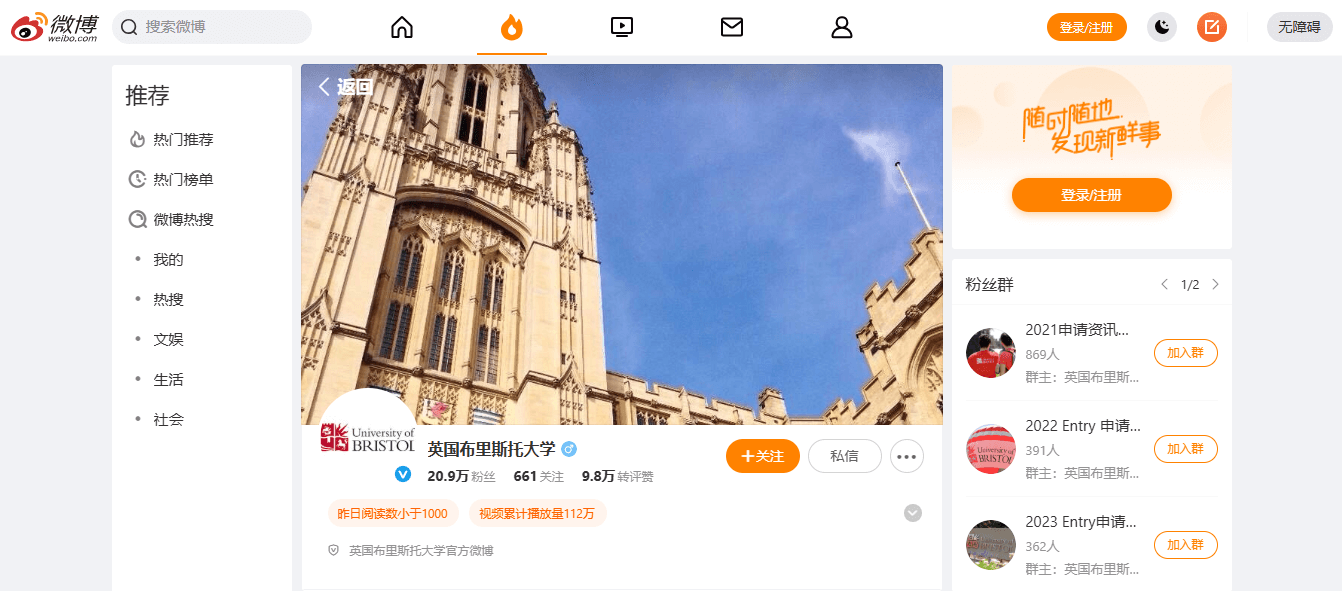

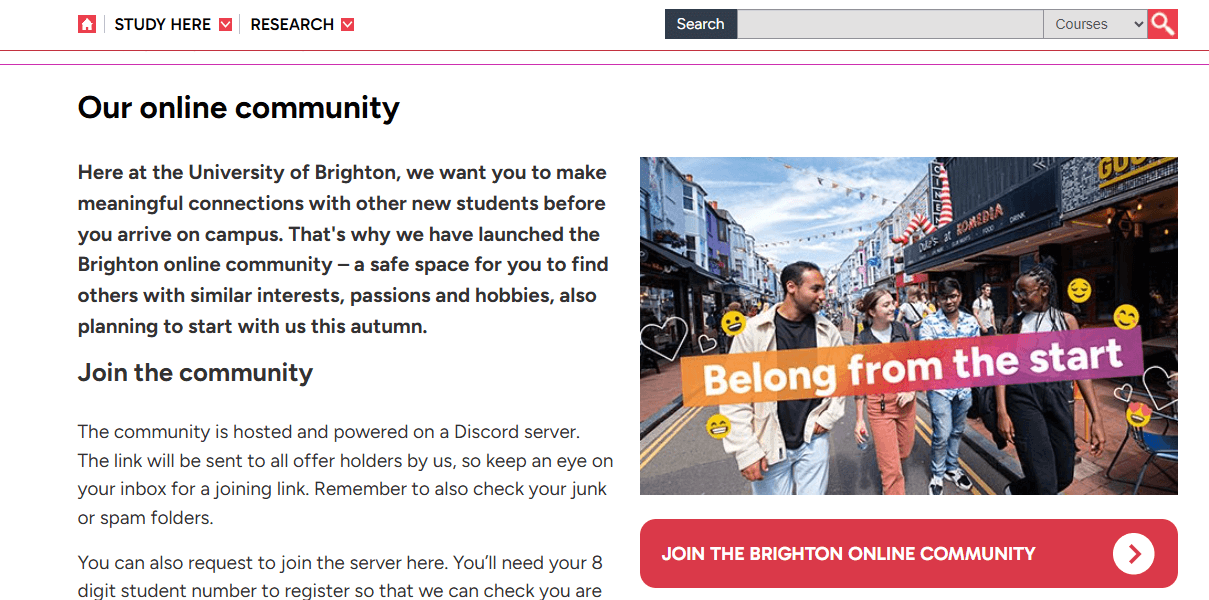
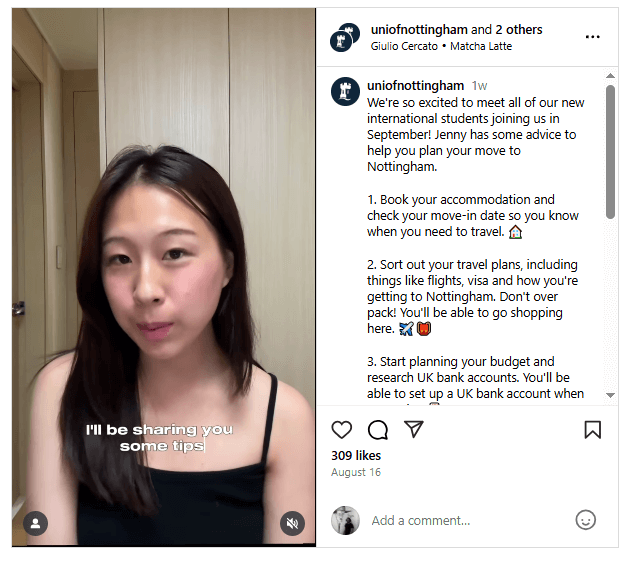
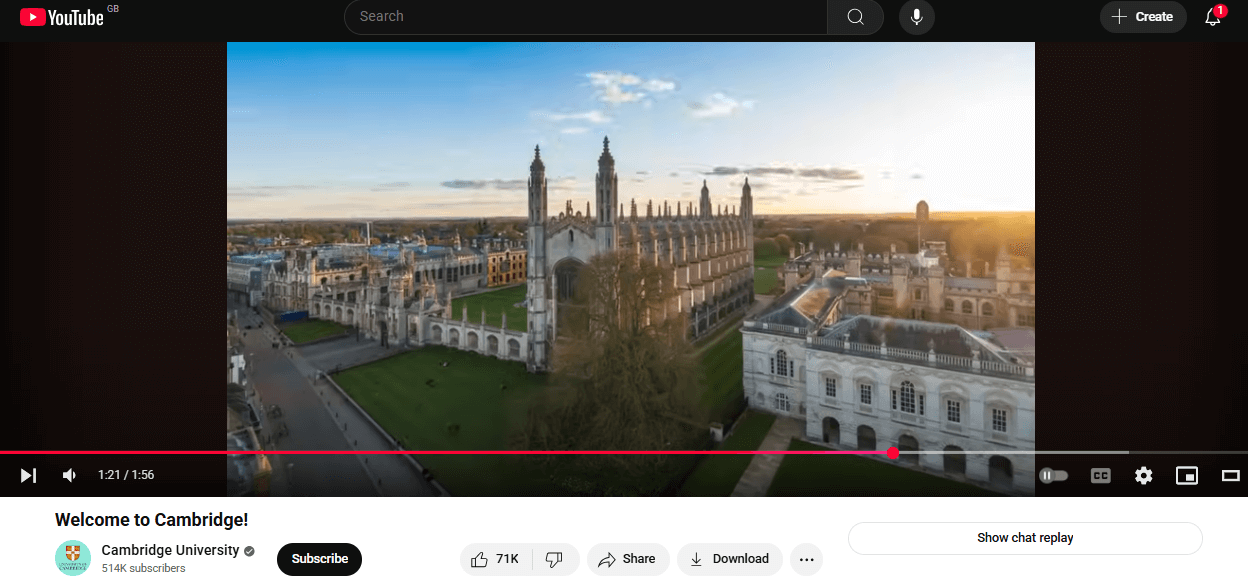
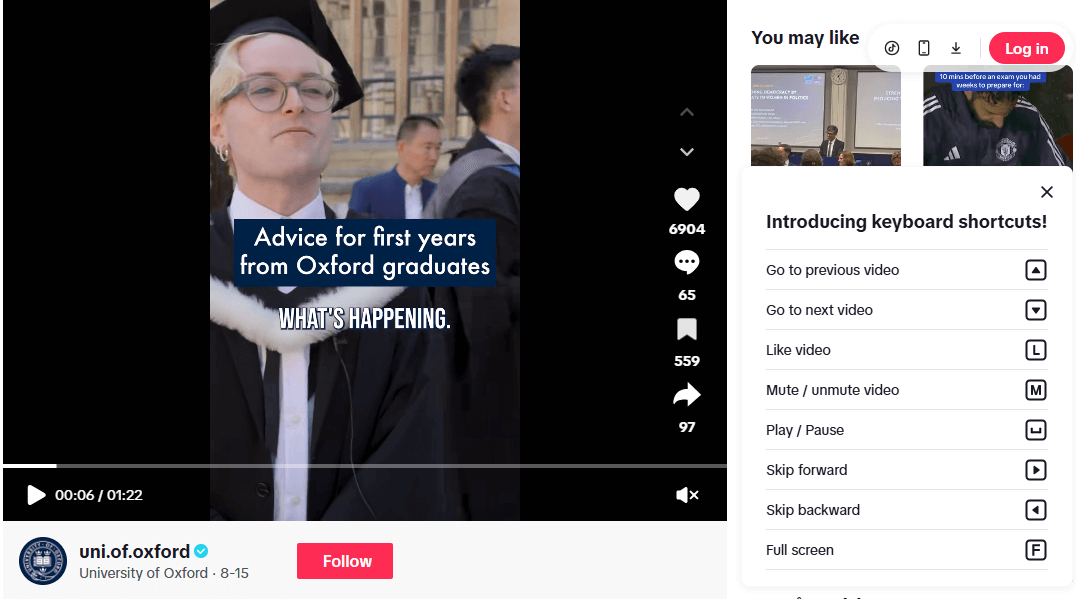
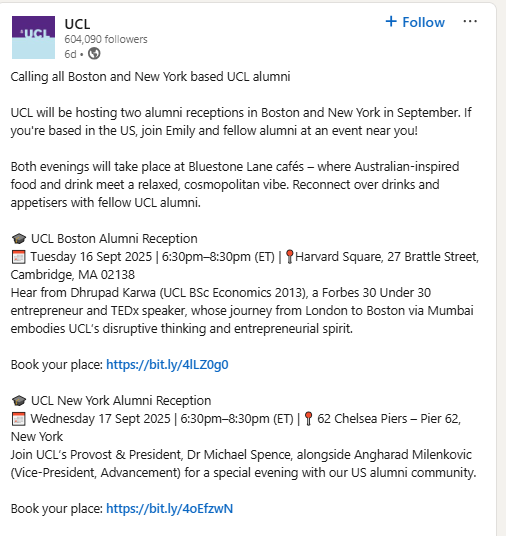
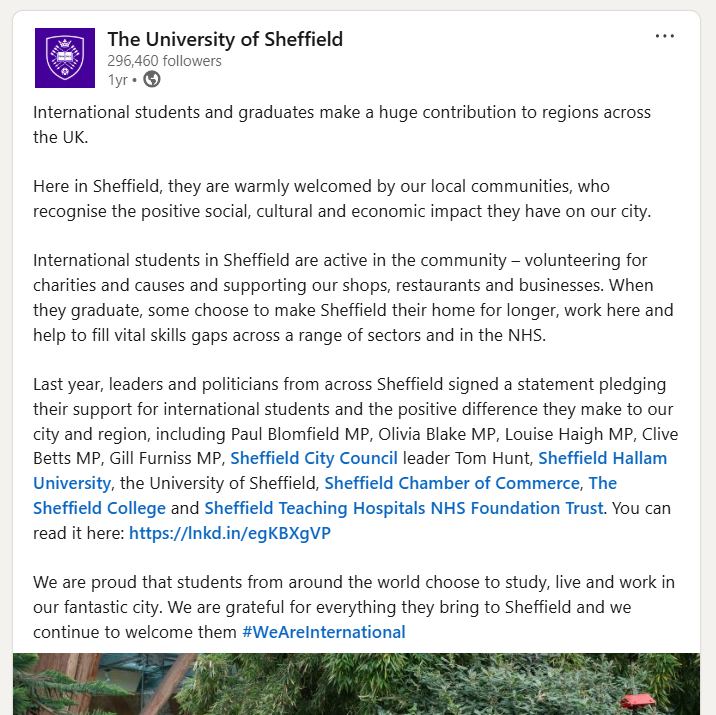
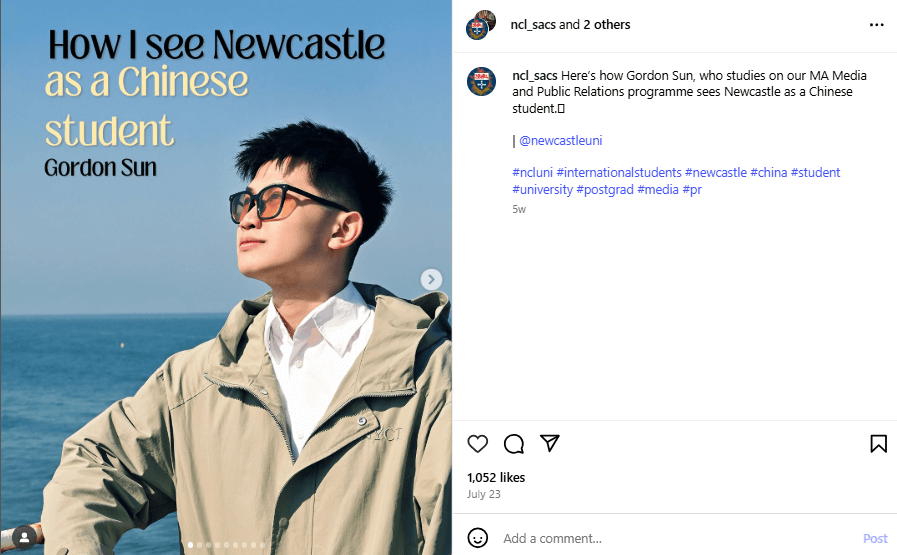

Share